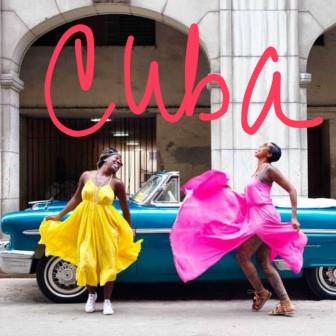
HUMBERTO
WHATSSAP +5352646921
HAVANA'S RUMBA ALLEY |
||
|
|
Barely 200 meters long, Callejón de Hamel bursts every week with the movement of hips and shoulders, jiving to the rhythmic pounding of the conga. The alley itself is a wild and colourful backdrop to the music. Its most famous resident, artist Salvador González, has decorated the entire block with murals and sculpture. The street owes its name to Fernando Belleau de Hamel, an arms dealer of French-German descent, who smuggled weapons during the American Civil War. In the early 20th century he settled down in Havana with his dubious gains. He opened a foundry and built houses for his workers along the alley. Callejón de Hamel became famous during the 1940s and 50s when the home of local trovador Tirso Díaz became the gathering place for a group of singers and composers. These were the founding members of filin (a loose translation of “feeling”), a renovating movement in Cuban song which introduced novel harmonies from jazz. Rumba Rates; |
|
HUMBERTO LINARES email: cubamigos@yahoo.es , cubangel@gmail.com |
||
.jpg)

.jpg)